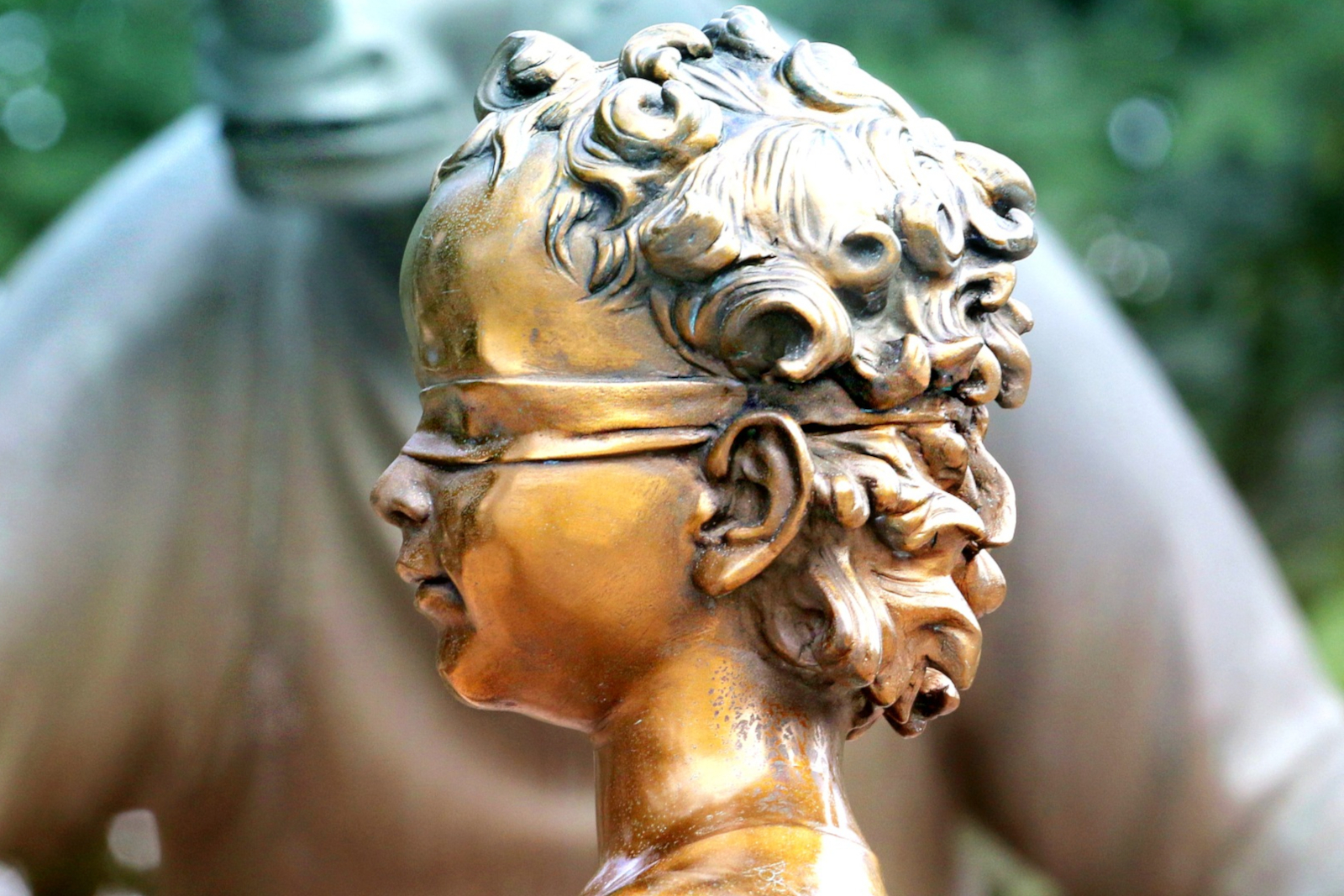How we taste
Blind to prejudices
 Photo: Pixabay
Photo: PixabayWine tastings at weinfreaks.de serve to assess the quality of wine. For this purpose, we describe and evaluate the colour, smell and taste of a wine. Colour faults are rare, special importance is attached to the smell and taste.
Due to developments in the world of wine, the criteria for wine evaluation are subject to change over time. For example, while cloudiness formerly was generally considered as a wine defect, from today's point of view it has to be seen in a much more differentiated way. In addition, influences from the natural wine scene are expanding the traditional understanding of wine to include flavours that in conservative wine sensory analysis are still associated – often without objective reason – with defects or faults. A not easy task in wine tastings is therefore to distinguish between merely offbeat flavour aromas and real craft defects.
Weinfreaks.de commits to modern wine sensory that is open to new developments in the world of wine and oenology.
Varied tasting forms
Our wine tastings take place in many different ways. Either a single person conducts them, or several people form a jury and give joint wine evaluations.
At weinfreaks.de we use various forms of tasting, all of which naturally have their advantages and disadvantages. We therefore try to combine the advantages and mitigate any disadvantageous effects by combining several tasting forms. We do this primarily in the context of our themed tastings, which are always associated with long running times and a high logistical effort. For reasons of transparency, however, all results from the individual tasting forms remain side by side as independent ratings.
Blind tastings
Blind tastings allow unprejudiced evaluations. No wine taster can escape the suggestive influences that emanate from the name of a renowned winemaker, for example. For this reason alone, we always opt for blind tasting when it is possible and makes sense. Here, the full concentration is on what we see, smell and taste. In other words, on the essentials.
Opponents of blind tasting always argue that ignorance of data such as the single vineyard, the vintage or even the winemaker's style does not allow any conclusions to be drawn about the ripening potential or a possibly difficult development phase of a wine. Yet it is precisely these data that are in principle capable of having a highly suggestive effect on the taster and falsifying the tasting result. We are firmly convinced that no further information is necessary for a well-founded evaluation of a wine.
Our jury always tastes blind. Only the tasting manager tastes openly, because he knows the identity of the wines and their order within the tasting. His ratings are always shown separately.
Open tastings
In our view, there are only a few reasons that speak against a blind tasting. For example, if the taster already knows the identity of the winemaker and his wines in advance anyway, or if a blind tasting would only be feasible under disproportionately difficult conditions due to its high logistical effort.
When we taste openly, we are aware of the disadvantages of this form of tasting. Of course, we cannot exclude suggestive effects. However, because we taste individual wines several times, serious differences between open and blind tasting quickly become apparent.
A special role at weinfreaks.de is played by the open tasting based on the four-eyes principle which ideally follows a previous tasting by a single person. Here, the pre-taster and a second person agree on a joint rating. For us, the four-eyes principle is an important measure for the quality of our wine ratings. If the vote of the second taster largely corresponds to that of the first taster, we see this as an indication of the reliability of the rating. However, one weakness of the method should not go unmentioned: If one of the two tasters agrees too quickly to the other, the four-eyes principle loses its significance.